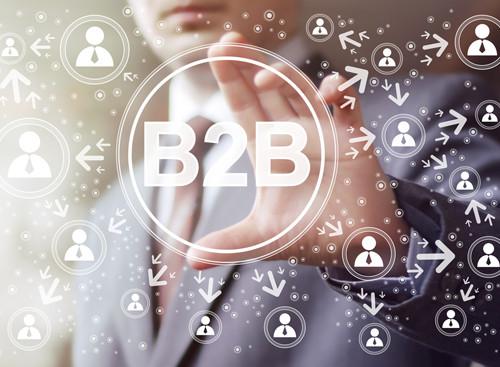Great personalisation shows your customers and prospects that you understand them, appreciate them and can talk to them as an individual about products and services that they’re interested in. However, many B2B brands are still not using personalisation despite the well documented uplift in conversion rates it can deliver.
Get to know your customers
Data capture is obviously the first step. Data has never been more important in understanding customers, their behaviours and habits and the more details you have on your database, the easier it is to personalise your marketing materials. But what kind of data? Yes, getting email addresses via a newsletter sign-up could be useful, but that simply gives you a name. Your best marketing campaigns are rooted in what you know about your business customers, so you should be using every contact point to capture data about them.
What do I need to know?
As marketers, we now have access to data from a variety of different sources – social media, customer service interactions, transactional data, profiling information and web searches are just a few of the elements comprising what has become known as big data. So, what’s the key information you should be looking at? Focus on demographics and industry challenges, preferences, past behaviours and real-time behaviours. Together, these four areas combine to give marketers a well-rounded view of their customers.
Make it multi-channel
It’s not just about having the data; it’s what you do with it. There’s a tendency to focus all personalisation efforts online. However, offline marketing channels can be hugely effective in driving conversions if they are personalised for individual recipients. Paying close attention to data quality and customer insights, and implementing very high quality, personalised, relevant and impactful direct mail, has consistently generated more cut through and positive responses from senior business decision makers.
Digital printing has enabled the production of direct mail that is relevant and, crucially, speedy and responsive, without necessitating a huge increase in your production costs. In fact, a recent survey undertaken by Royal mail, has established that it is 25% less expensive to implement digitally printed communications than it was 5 years ago. However, to really increase engagement, don’t limit personalisation to one channel. Personalised campaigns can be rolled-out across mail, mobile and digital platforms, enabling you to reach out according to yet another preference: engaging with prospects through their preferred delivery method.
Tear up the rule book
So, how do you get the attention of a business customer? There is no secret formula, so be wary of anybody who tells you there is. The moment you believe this, you’ve stopped testing new boundaries and being creative.
Sometimes that’s a hard thing to accept when you’ve spent years in a direct marketing world where tried and tested methods have become established about how direct mail should work. Whilst cost per response, conversion rates and cost per sale are all relevant, we need to be careful to view these in the context of the product and the end goals of the communication. You need to understand your audience, their time constraints and apply personalised creative and channel preferences. Resolve yourself to the likelihood that it may take several layers of communication to break through, be prepared to invest in making a statement where the response would be worth it and maintain a focus on keeping your messages relevant.
Sound like a lot of effort?
It’s easier than you think. Personalised direct mail campaigns can be automated to respond to a data feed which triggers the creation of artwork, each piece being personalised with the relevant information and images based on flags in the data. Data feeds can arrive at regular time periods and be triggered by activity on your phone lines or website. Creative templates can be used as a base which are then completed using a dynamic library of pre-agreed offers, imagery and content which will combine to reflect the individual’s preferences, stage in the customer journey and behaviour. And if your contact responds better to email then that’s what they should get. Automation is meant to be time saving, opening up opportunities to be more relevant, NOT restrictive.
Business customers increasingly expect a personalised experience when they engage with brands. They don’t have the time to sift through information until they get to the bit that’s interesting or relevant to them. So whether you personalise by name, past transactions, behaviour, location, relatable images, industry, job title, interests or a combination of these techniques, just remember that the personal touch goes a long way.






